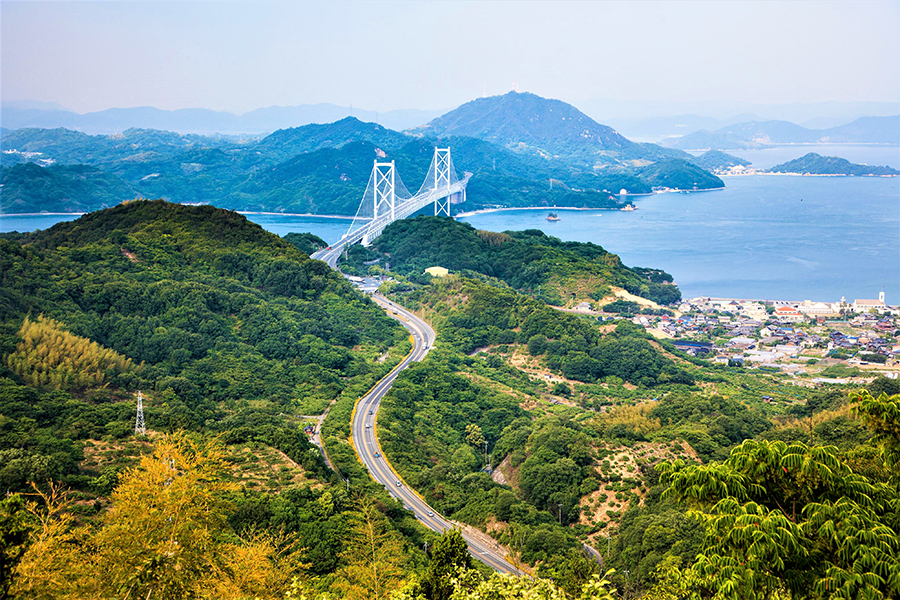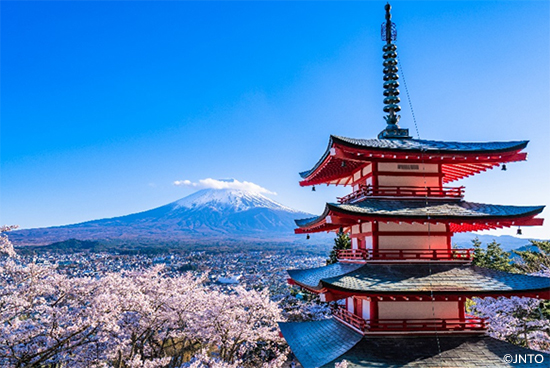You can whip between Kumamoto and Kagoshima (in southern Kyushu) in a little over an hour, surrounded by fellow passengers who are most likely reading, working, eating or catching up on their sleep.
Or, for a more scenic and memorable experience, you can board the retrofitted Isaburo-Shinpei for a journey that harks back to the days when travel between the two cities was an adventure. Launched by Kyushu Railway in conjunction with the 2004 opening of its Kyushu Shinkansen Tsubame (which will stretch from Fukuoka's Hakata Station all the way to Kagoshima by 2011), the Isaburo-Shinpei sightseeing train travels a small section of the old Hisatsu Line, constructed in the early 1900s to connect Kumamoto and Kagoshima. Although the Hisatsu Line would have been a cinch to build along the coast, fears of enemy attacks fostered by wars fought with China and Russia prompted officials to select an inland route over difficult, less vulnerable mountainous terrain. Rising over mountains 1,749 feet above sea level and including a loop, two switchbacks to accommodate steam locomotives, and 20 tunnels along its length, the Hisatsu Line was considered an engineering marvel at the time.
Today, the Isaburo-Shinpei, with its classic black or red cars, polished wooden seats, and attention to small details right down to wicker wastebaskets, is a ride of nostalgia for retirees, a dream come true for train buffs, and an easy lesson in history for children. Traveling 22 miles in a little over an hour between Hitoyoshi and Yoshimatsu, the train makes several stops along the way, including scenic overpasses and old wooden train stations, now abandoned and empty.
For me, the best part of the journey is the comradeship it inspires. Instead of passengers buried in their books or fast asleep, there's a palpable excitement in the air, with strangers talking to strangers and people constantly moving from one side of the cabin to the other to take in the passing views. An elderly Japanese couple, who spoke some English, took it upon themselves to make sure I didn't miss any of the highlights, translating comments made by the conductor of sights we passed and beckoning me to disembark with them whenever we made a stop. At the end of the journey, they gave me their map of the Hisatsu Line, packed with facts and figures, as a souvenir.
Sightseeing trains like the Isaburo-Shinpei are a great way to see Japan's countryside at a slower pace, learn about the old days of travel, and meet people along the way. It's hard to imagine, but I suppose a hundred years from now, a future generation of train enthusiasts may be taking sightseeing trips of their own back in time-on a historic Shinkansen.



















































